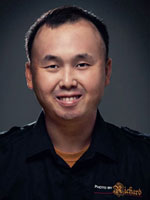
Instead of giving you a review in usual style… I’ll do it slightly different. And this is a work in progress. So bookmark this page and come back regularly for more updates. The D800′s specs were leaked way before it’s official announcement. But Nikon still managed to surprise us at the last minute with a much lower than expected price.
It’s pretty obvious there will be a huge demand and low supply for this latest full-frame camera. So after it’s announcement, I preordered the camera immediately and rather impatiently waited for the camera to arrive.
One fine day, the New Zealand Nikon distributor suddenly contacted me and asked to call our local camera shop the following day. They didn’t say clearly why so I hoped it has something to do with the D800! Called the shop the next morning to learn that my D800 was already on the way to the shop. Hooray!!
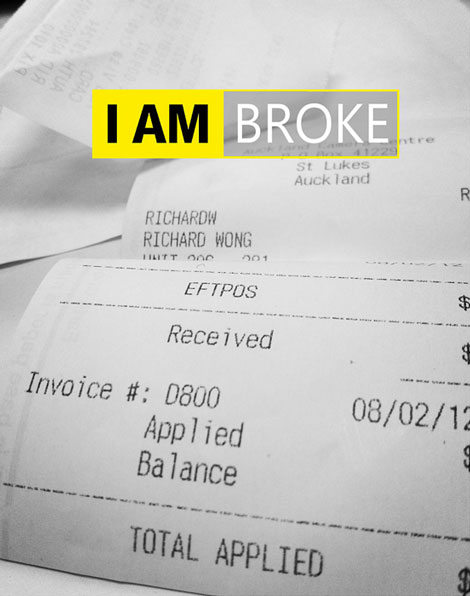
Nikon claims the D800 is now able to autofocus down to -2EV. So one of the first things I tested was the low light autofocus performance.
I turned off almost all the lights and mounted a Nikon AFS 50mm F1.4G lens on the camera. I put the lens cap on the floor as the AF target. Because it was so dark it actually took me a long long time before I could see where the lens cap was through the viewfinder. To be honest I actually couldn’t see the lens cap, I could only tell something must be there!
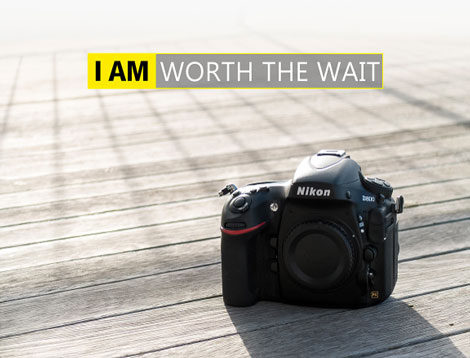
I thought there is no way the camera’s autofocus system could see anything. But surprisingly, the camera did a successful AF lock on the lens cap (even though a bit slow). I set the aperture to F1.4 and the metering system told me at ISO 25,600 my shutter speed still has to be around 1/30s. I took a photo with that setting and examined it on screen.
At F1.4 and close shooting distance the depth of field is very shallow, but the autofocus is spot on!
I then mounted the same lens on the D700. The D700′s AF system just can’t see the target even after 15 tries. I don’t really blame the trusty old camera as I can hardly see it even with my own eyes.
So yes, the D800′s improved Multi-Cam 3500FX AF system’s low light performance is simply amazing. By the way, the camera’s AF assist lamp was turned off…
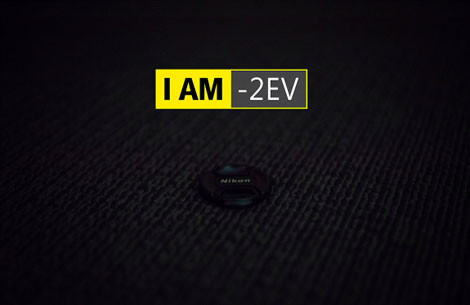
At 36MP, the pixels on D800′s full-frame sensor are a lot smaller than the one on the D3/D700. So I was quite worried if the D800′s high ISO performance could be worse than Nikon’s previous full-frame cameras. Amazingly we found the 36MP D800′s high ISO performance is just as good as the 12MP D3/D700. Actually by looking at the real world photos I’ve shot so far I believe the D800′s high ISO performance is at least one stop better than the D700’s.
Even at the maximum ISO 25,600. The photo is a bit noisy but it retains tonnes of details if you look at the full size image. Color and contrast still remain reasonably good. Nikon could have pushed the maximum ISO to 51,200 or above if they want.
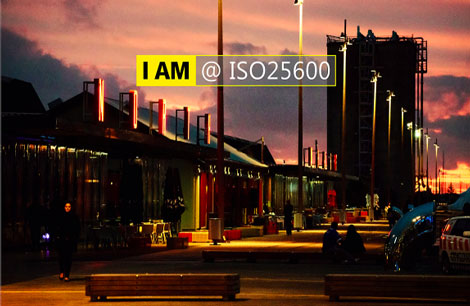
The D800 has the dual-axis electronic virtual horizon that tells your camera’s pitch and roll angle. This is very useful for landscape or architectural photographers. While the D3 and D700 also have the virtual horizon feature, it’s single axis only and the implementation (especially the viewfinder mode) isn’t as good as the D800’s.
I did a little experiment to test D800′s dynamic range. Set the camera to aperture priority mode and took a photo. Checked the photo on the LCD screen, even though there was a bright light source in the scene the exposure seems pretty much perfect, so that’s good!
Next I set a -5EV exposure compensation, yes that’s five stops underexposed, and took another photo. Now the photo looked very dark. Of course, it’s five stop underexposed.
I then loaded the photo in Lightroom, pushed the exposure up by +5 stops. Amazingly the photo still looked very nice! The colors are still there, there is very limited noise and still lots of shadow detail.
I then did some quick editing in Photoshop and created this photo. I think it’s hard to believe that the original photo was underexposed by five stops, what do you think?
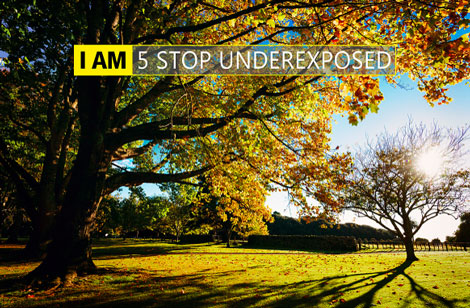
The other day we went to the zoo with the D800 and the Nikon 70-200mm F2.8 VR. I quickly took a photo of this giraffe when it was walking past. But even at 200mm I still couldn’t get the close up shot I wanted. Fortunately the D800′s 36MP output means we can crop a lot and still have a lot of pixels left.
I cropped the photo so the output is pretty much what I would get if I was shooting with a 300mm lens. The cropped photo still has more resolution than a D700 would ever give me. Means I virtually have a 1.5x teleconverter that I can use anytime…
When shooting with the D800 though be very careful with your shutter speed and remember to keep your hands and body very steady if you want to capture sharp images.
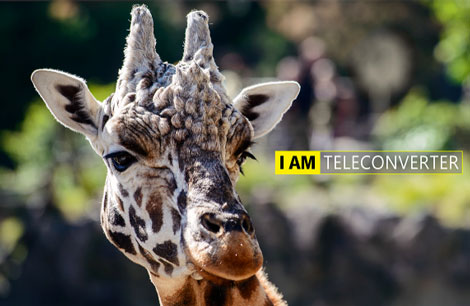
If you take a DSLR with you when you go out with your friends or family, normally you will be the only one who’s taking photos because most of your family members or friends probably don’t know how to use a DSLR. But the D800′s much improved live-view mode makes taking photos a lot easier, even similar to a compact camera.
The contrast detection in the D800′s live-view mode is a lot faster. It’s not as fast as some of the latest mirrorless cameras but it is fast enough to be used everyday for people who can only shoot using the LCD screen.
The new 91,000-pixel RGB metering system helps with face detection and tracking. The face information is also used to adjust the exposure. While I still need to dial in a bit of exposure compensation, the frequency and amount of exposure compensation needed is a lot less than before. Overall the metering system is a lot smarter than the D3/D700′s.
So with all these improvements you can now give the camera to anyone in the family (or even strangers, just make sure they won’t run away with your D800) and they can take some nice family shots easily.
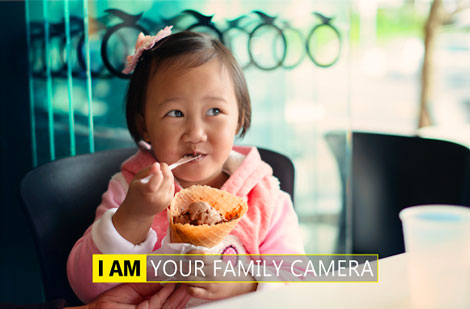
I took this photo in live-view mode. Autofocus was set to AF-S plus face detection. I used the LCD to compose the photo. The camera detected my daughter’s face straight away. I pressed the shutter button and the camera focused on my daughter’s face accurately. Also the exposure seemed pretty good even though there is strong backlight on the right hand side.
OK, no sports photographer would buy a D800 as their main camera. The 4 fps shooting speed is probably the camera’s biggest weakness and my biggest complain as well.
But if we consider the huge image size, 4 fps @ 36MP = 144MP/s.
That’s more megapixels per second than even the D3s (9 fps @ 12MP = 108MP/s) can swallow.
I remember just a few years ago I was shooting lots of motor sports events with my 10MP 5 fps D200 and I was not really complaining about the speed. With the D800, we can also shoot at 5 fps with the 1.2x crop mode. And even with the 1.2x crop, we are still getting 25MP images. That is still more pixels than the D3x or Canon 5D Mark III will give you.
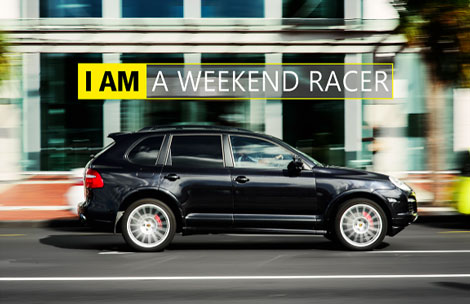
And with the same latest autofocus system as the D4’s (which has features like 3D tracking, but we’ll talk more about that later), there’s really no reason why we can’t go to a race track and be a weekend racer with the D800.
And yes we can boost the speed even to 6 fps in DX mode. But we have to get the MB-D12 grip (and use the correct battery).
Seeing though that the D7000 is powered by the same battery and EXPEED 2 chip offering 6 fps at a similar resolution (as the D800′s DX mode), it makes me wonder if Nikon purposely limits the D800 just to sell some MB-D12s, or if the relatively slow fps it really caused by some kind of hardware limitation.
Anyway, yes the D800 can definitely be used as a casual sports camera. This photo was shoot with the D800 and the Nikon AF-S 28-300mm VR lens at 1.2x crop mode.
I haven’t really tested the D800 under severe weather conditions yet, but I have used the D700 and the D200 under heavy rain and all different kinds of weather many many times. The cameras never had a problem. So there is no reason why the D800 should be any different.
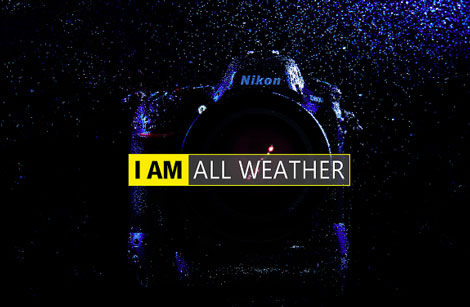
After all, they all have an alloy magnesium body and are protected by extensive weather and dust sealings. Just make sure the lens you use also has good weather sealing and you dry the camera and lens properly afterwards.
Richard Wong is an award winning wedding/portrait photographer based in Auckland, New Zealand. Richard’s website is www.photobyrichard.com and you find him on Facebook.
+++ You can order the D800 now at B&H, Adorama or at Amazon U.S., U.K., Canada, Germany, France, Italy, Spain +++


